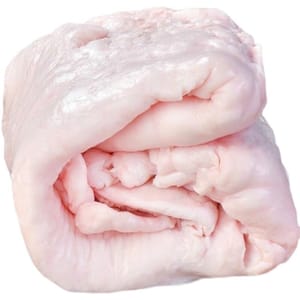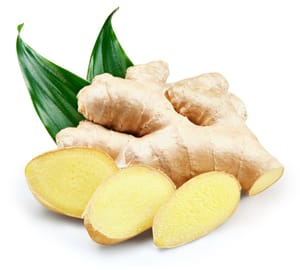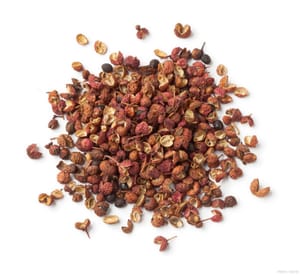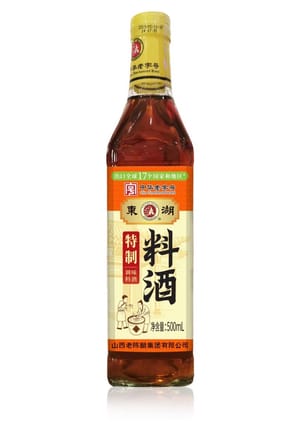How to make lard white and not fishy
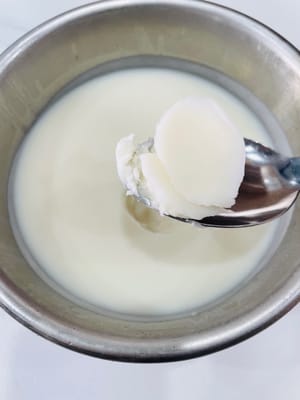
Lard rice and lard noodles are classic delicacies engraved in the memory of countless people. It can be called the "liquid gold" of Chinese kitchens. It has a wide range of uses and a strong aroma. When frying, it is kept at a high temperature and can stimulate the original flavor of the ingredients. When making dumplings and pastries, lard is used to mix with noodles, and the finished products are clearly layered, crispy and delicious. Lard was once misunderstood as a "health killer", but modern research has shown that it is rich in monounsaturated fatty acids. Eating it in moderation can provide energy for the body, promote the absorption of fat-soluble vitamins, and maintain cardiovascular health. Reasonable intake, lard can not only add deliciousness to the table, but also nourish the body and mind as a traditional food treasure.
Ingredients
Steps
- Choose the right ingredients: Use lard (the fat in the pig's abdominal cavity), which is pure, has a light smell, and is whiter than fat.
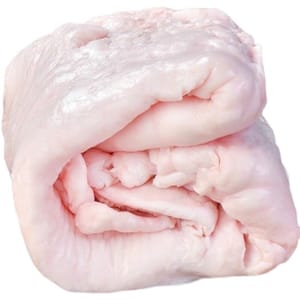
- Clean thoroughly: Wash the lard repeatedly with warm water, tear off the surface fascia and impurities to avoid residual fishy smell.
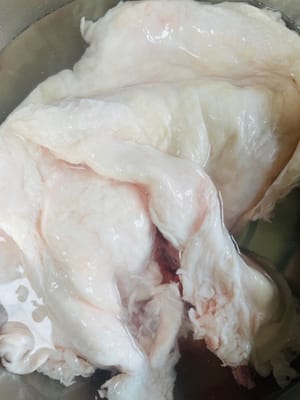
- Cut into small pieces: Cut the suet into small pieces about 3 cm in size.
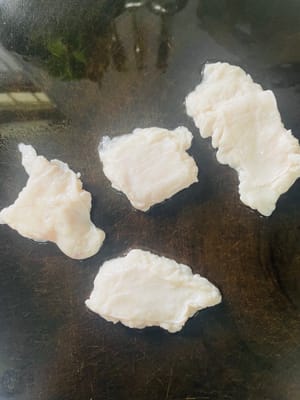
- Add a few slices of ginger, a spoonful of cooking wine, and a few peppercorns and blanch them.
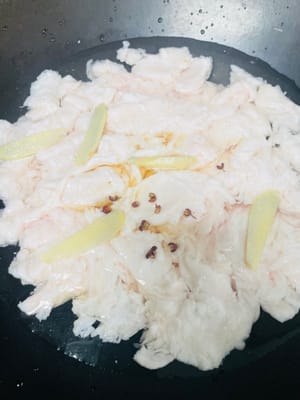
- Take out, wash and set aside.
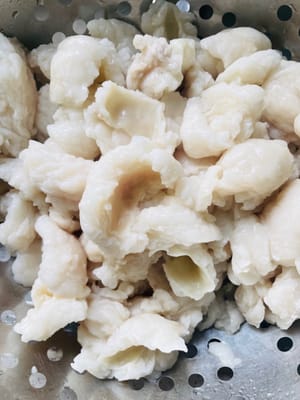
- Control the heat: Keep the heat at medium or low throughout the cooking process. This will make the oil clearer. Avoid overheating the oil, which will cause the lard to turn yellow and taste bitter. Turn off the heat when the oil residue turns golden brown, and continue to cook for a while with the remaining heat.
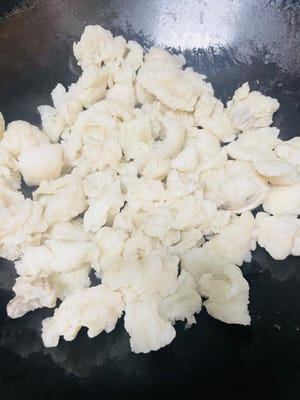
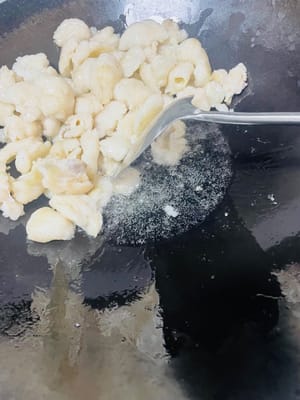
- Filter and store: Filter the cooked lard with a strainer to remove impurities, cool it down, put it into a clean container, seal it and refrigerate it. The lard cooked in this way is white and translucent, and it is fragrant and not fishy when cooking or mixing rice.
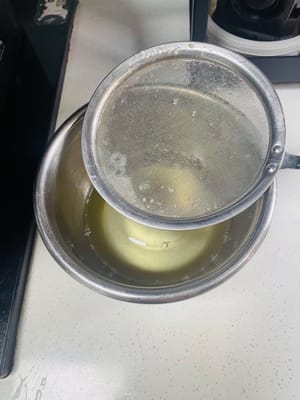
Languages
So wird Schmalz weiß und nicht fischig - Deutsch (German) versionHow to make lard white and not fishy - English version
Cómo hacer que la manteca quede blanca y no tenga sabor a pescado - Española (Spanish) version
Comment rendre le saindoux blanc et non poissonneux - Français (French) version
Cara membuat lemak babi putih bersih tanpa bau - Bahasa Indonesia (Indonesian) version
come fare lo strutto bianco e non di pesce - Italiana (Italian) version
臭いのない真っ白なラードの作り方 - 日本語 (Japanese) version
라드를 하얗고 생선 냄새가 나지 않게 만드는 방법 - 한국인 (Korean) version
วิธีทำน้ำมันหมูให้ขาวเนียนไร้กลิ่น - แบบไทย (Thai) version
豬油雪白不腥熬方法 - 香港繁體中文 (Traditional Chinese - Hong Kong) version
